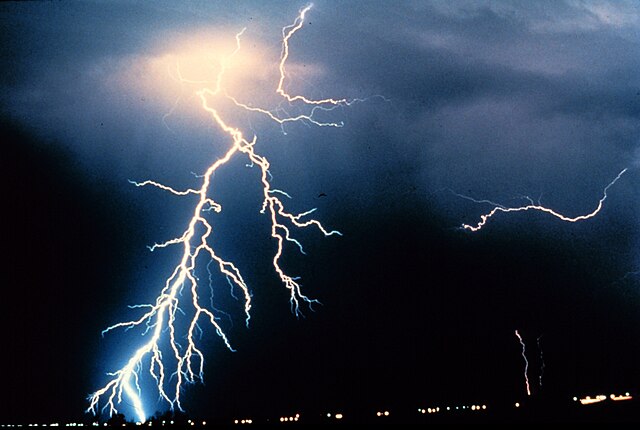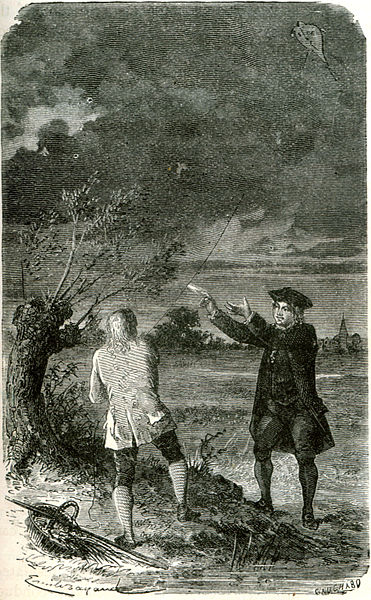Atomic emission spectroscopy
Atomic emission spectroscopy (AES) is a method of chemical analysis that uses the intensity of light emitted from a flame, plasma, arc, or spark at a particular wavelength to determine the quantity of an element in a sample. The wavelength of the atomic spectral line in the emission spectrum gives the identity of the element while the intensity of the emitted light is proportional to the number of atoms of the element. The sample may be excited by various methods.
Inductively coupled plasma atomic emission spectrometer
A flame during the assessment of calcium ions in a flame photometer
Sodium atomic ions emitting light in a flame displays a brilliantly bright yellow emission at 588.9950 and 589.5924 nanometers wavelength.
Inductively coupled plasma atomic emission source
An electric spark is an abrupt electrical discharge that occurs when a sufficiently high electric field creates an ionized, electrically conductive channel through a normally-insulating medium, often air or other gases or gas mixtures. Michael Faraday described this phenomenon as "the beautiful flash of light attending the discharge of common electricity".
A spark on a spark plug
Lightning is a natural example of an electric spark.
Benjamin Franklin drawing an electric spark to his finger from a key suspended from a kite string.
Gas stove burner - the electric spark flame igniter is shown at the left.








